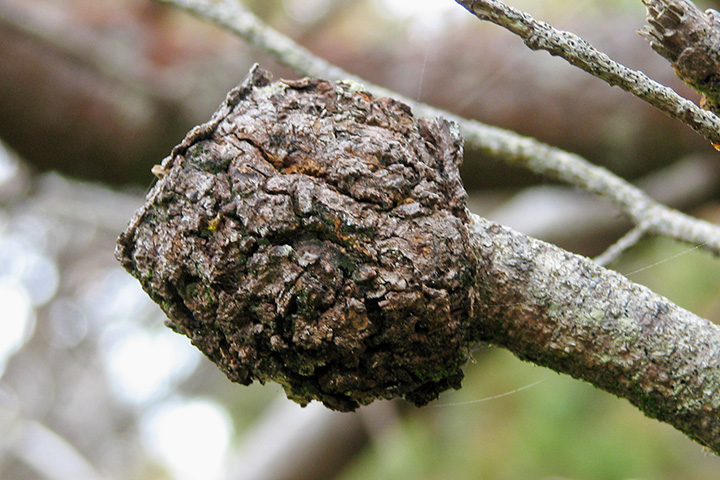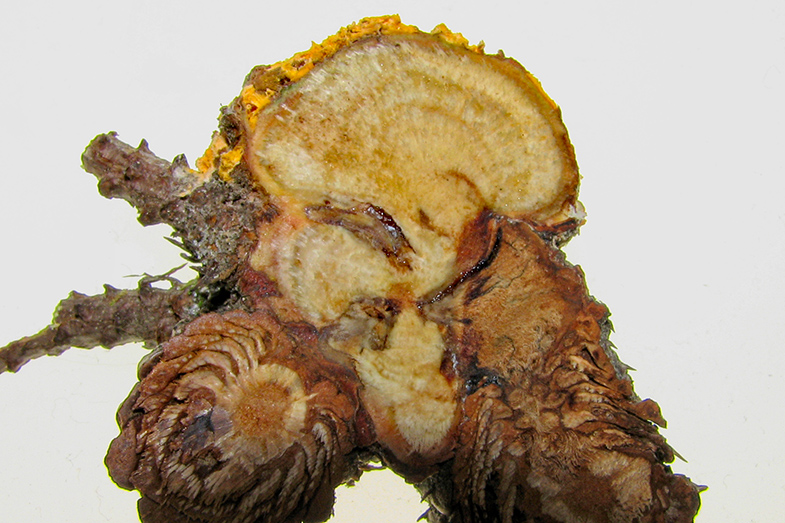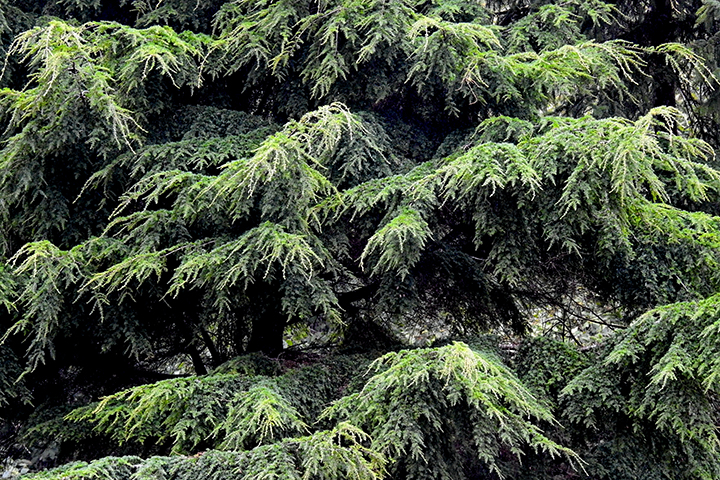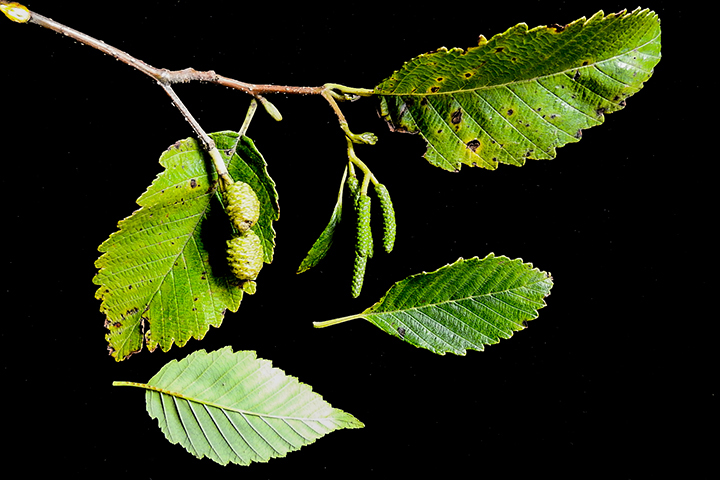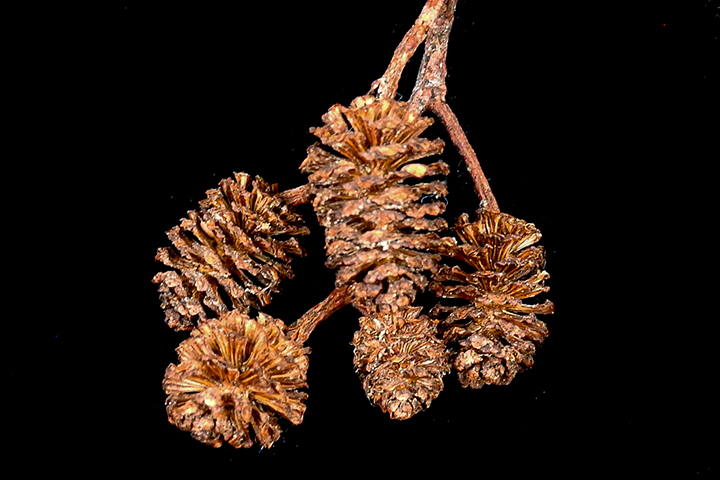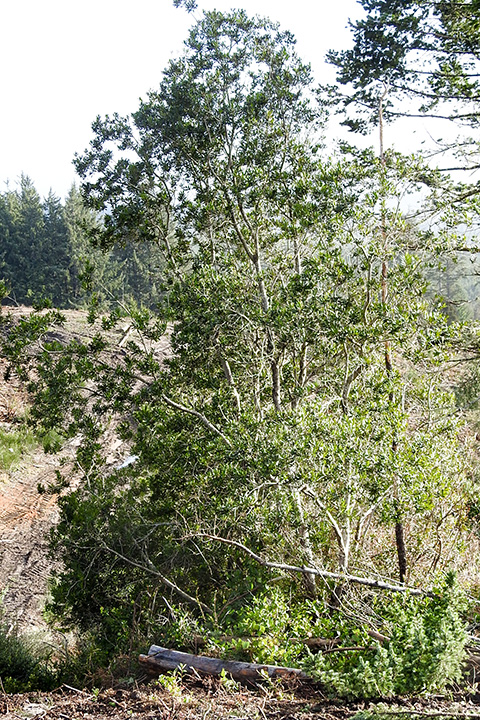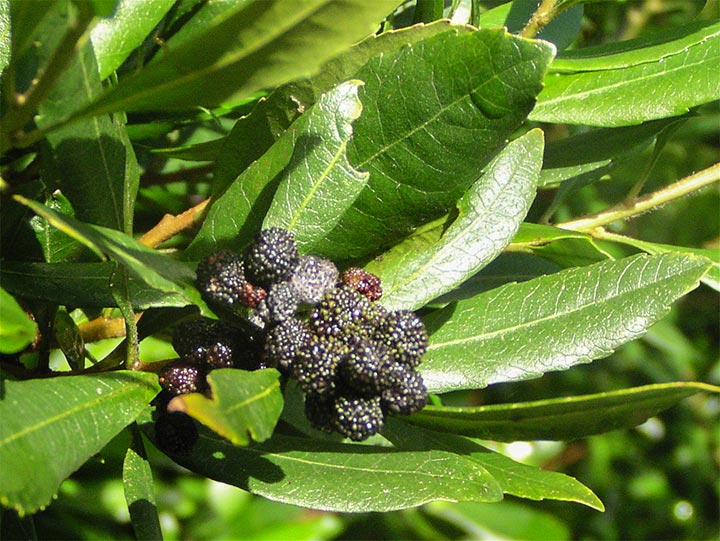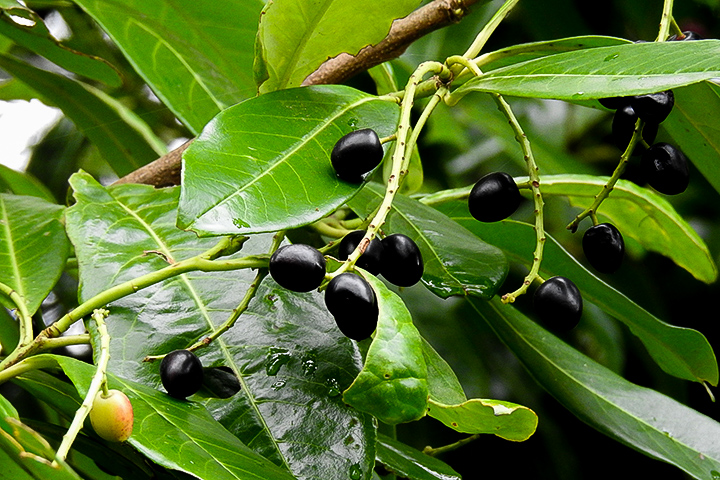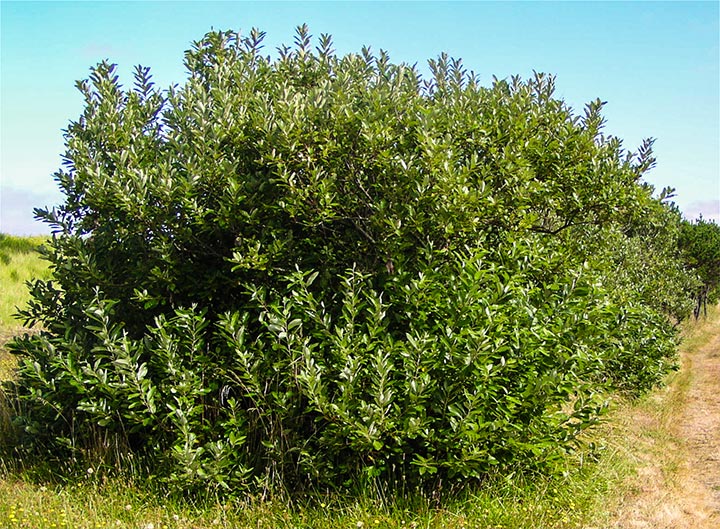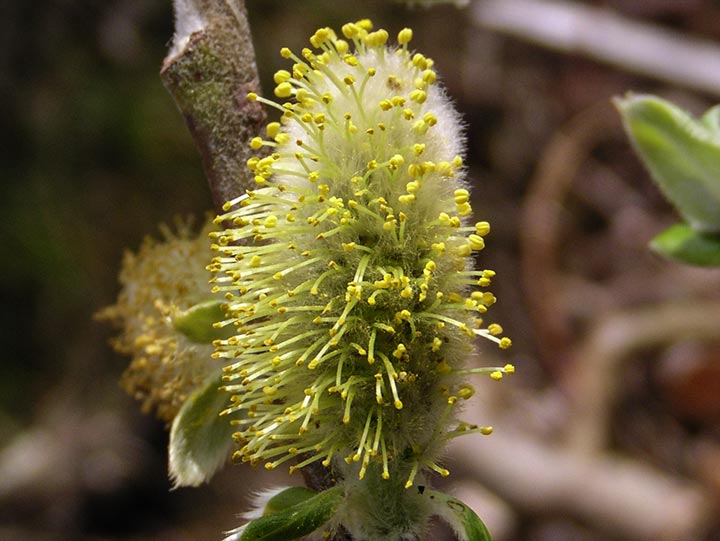Thuja plicata
Western Red Cedar
Alaska to Northern California
Family Cupressaceae
Native
The Western Red Cedar and other Oregon cedars are not true cedars but are in the Cypress family. True cedars of the genus Cedrus are in pine family (Pinaceae), and they are not native to North America. So, the cedars of Oregon are considered “false cedars”, which can be confusing. The Western Red Cedar is the only Oregon “cedar” that has seed cones, which are small, only about a half inch long, and point upward and backward on a branch. The needles are scale-like, hugging the twig. The genus, Thuja, comes from Greek meaning “fragrant, durable wood”, and the specific name plicata is from Latin meaning braded or folded and refers to the arrangement of needles. And yes, the wood, which is reddish colored, is fragrant and has an attractive smell. It also is decay resistant. It’s a soft light wood, and with straight grain and few knots, it makes a valuable timber tree to be used for shingles and shakes, decks, siding, indoor paneling, posts, and rails. Native Americans found the tree invaluable for lodges, boats, tools, and many other uses. The thin, stringy bark was woven into mats, clothing, baskets, ropes, and fishing nets.






















